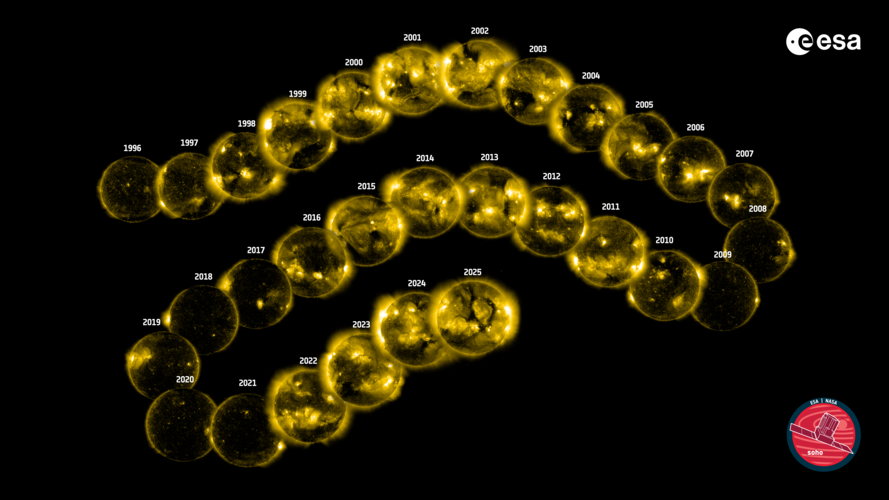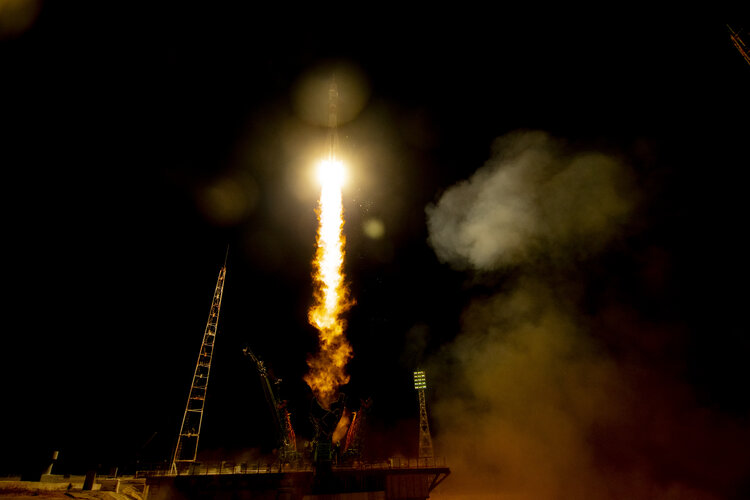Euopean Space Agency Space News
-
Ministerial Council 2025

Ministerial Council 2025
-
Week in images: 01-05 December 2025

Week in images: 01-05 December 2025
Discover our week through the lens
-
Earth from Space: Singing dunes and mysterious lakes
 Image:
This Copernicus Sentinel-1 image features part of the Badain Jaran Desert in northwestern China.
Image:
This Copernicus Sentinel-1 image features part of the Badain Jaran Desert in northwestern China. -
Comet 3I/ATLAS shows activity in Juice navigation camera teaser
 Image:
Comet 3I/ATLAS shows activity in Juice navigation camera teaser
Image:
Comet 3I/ATLAS shows activity in Juice navigation camera teaser -
EarthCARE lifts the clouds on climate models

True to its promise, the European Space Agency’s EarthCARE satellite is now being used to calculate directly how clouds and aerosols influence Earth’s energy balance – the all-important balance that regulates our climate. In doing so, EarthCARE is poised to sharpen the accuracy of climate models, the very tools that guide global climate policy and action.
-
A martian butterfly flaps its wings

Is it an insect? A strange fossil? An otherworldly eye, or even a walnut? No, it’s an intriguing kind of martian butterfly spotted by ESA’s Mars Express.
-
Sun-watcher SOHO celebrates thirty years

On 2 December 1995 the ESA/NASA Solar and Heliospheric Observatory (SOHO) blasted into space – on what was supposed to be a two-year mission.
From its outpost 1.5 million km away from Earth in the direction of the Sun, SOHO enjoys uninterrupted views of our star. It has provided a nearly continuous record of our Sun’s activity for close to three 11-year-long solar cycles.
-
The new Discovery and Preparation podcast showcases innovation for space

ESA Discovery and Preparation has launched a new podcast series highlighting the innovative space technologies being developed through its activities.
-
HydroGNSS launch highlights
 Video:
00:02:51
Video:
00:02:51
ESA’s first Scout mission, HydroGNSS, was launched on 28 November 2025, marking a significant step in advancing global understanding of water availability and the effects of climate change on Earth’s water cycle.
The two twin HydroGNSS satellites were carried into orbit aboard a SpaceX Falcon 9 rocket from the Vandenberg Space Force Base in California, US.
Embracing the New Space concept, HydroGNSS is one of ESA’s new Scout missions being developed within the Earth Observation FutureEO programme.